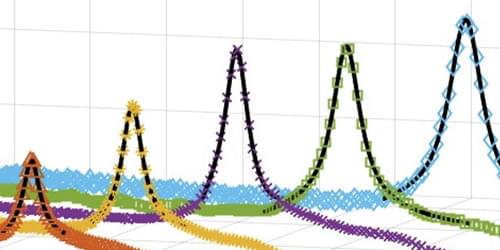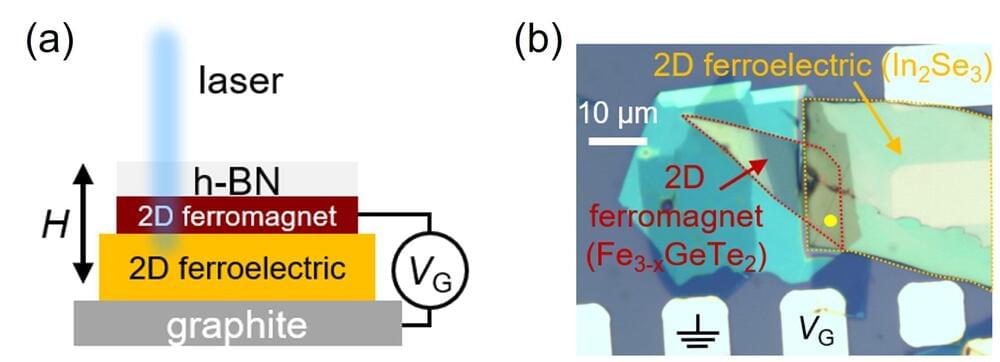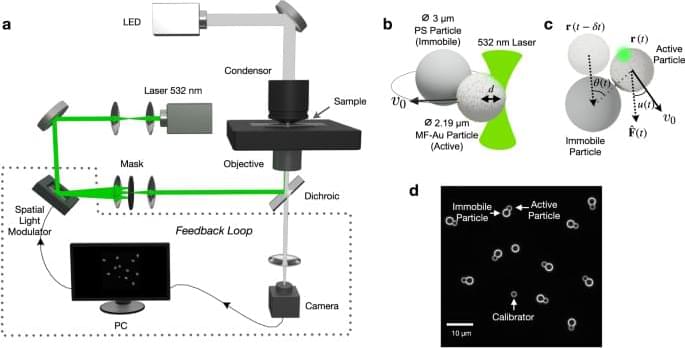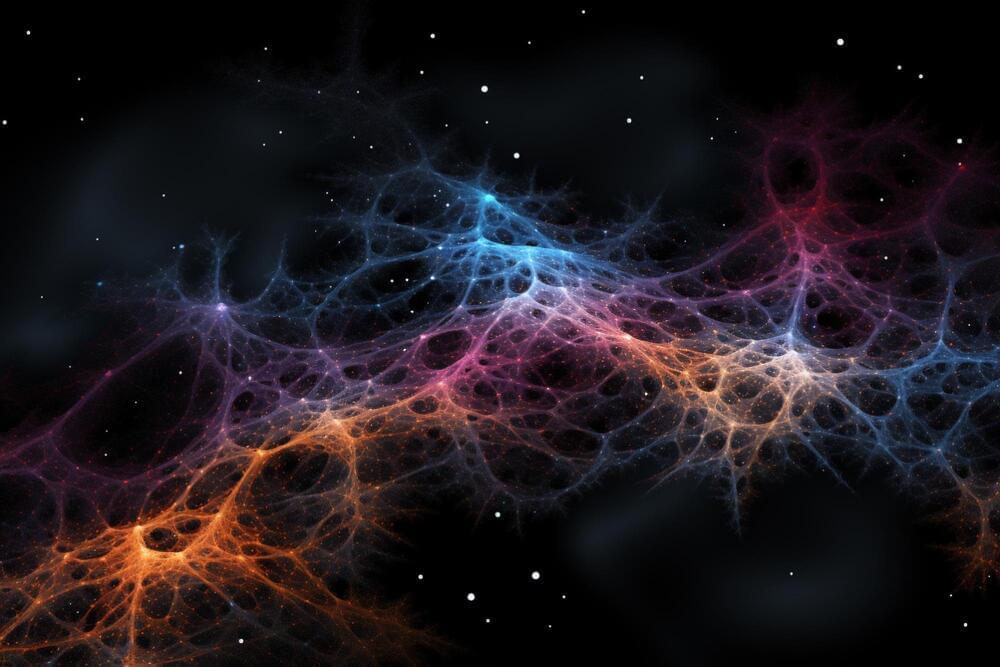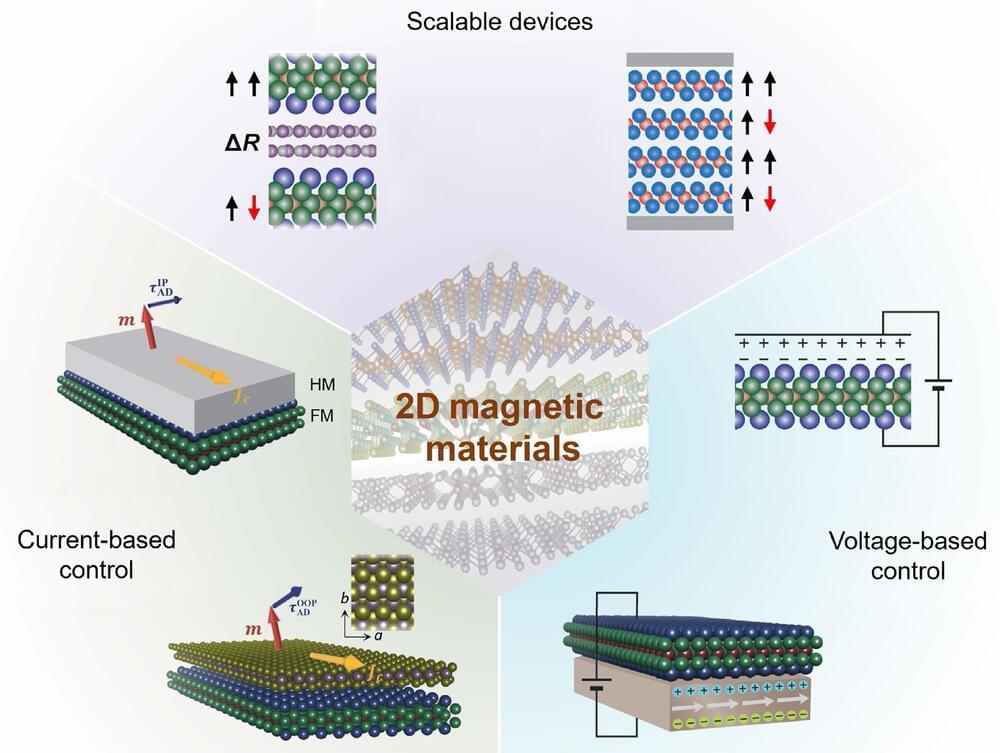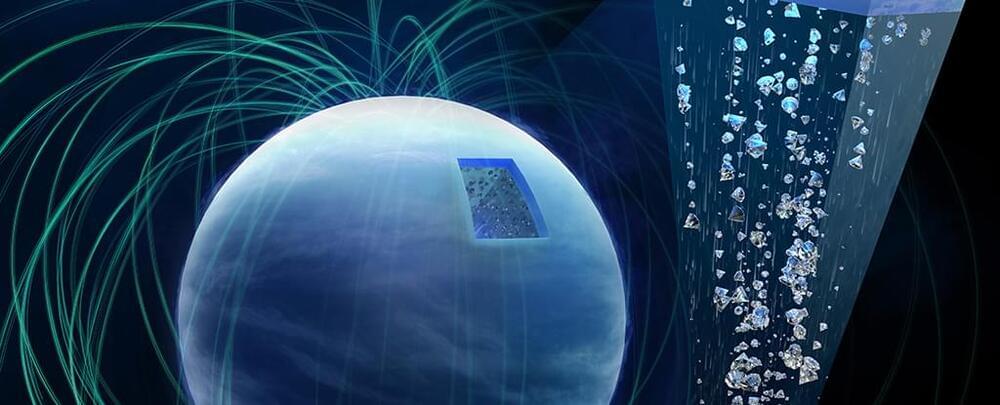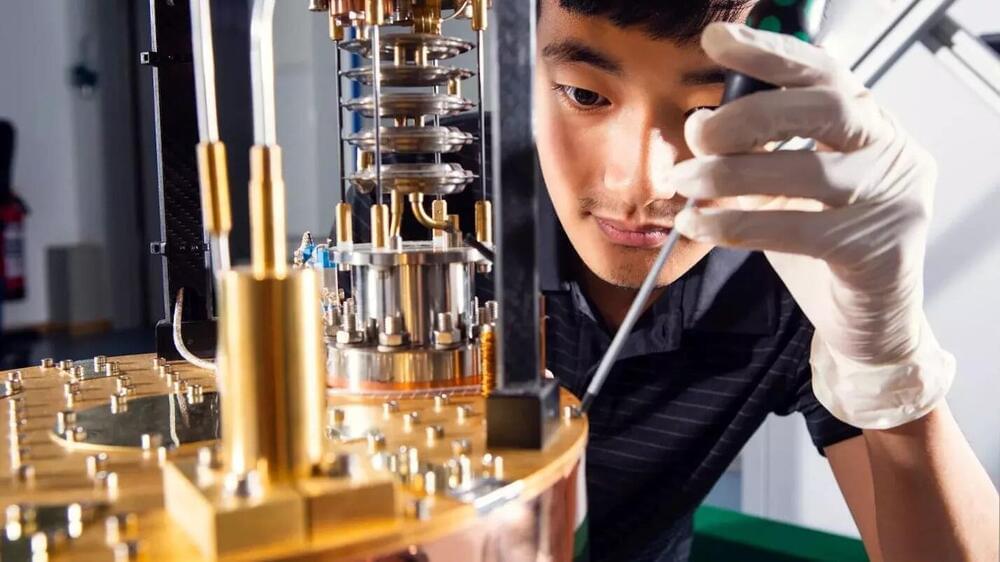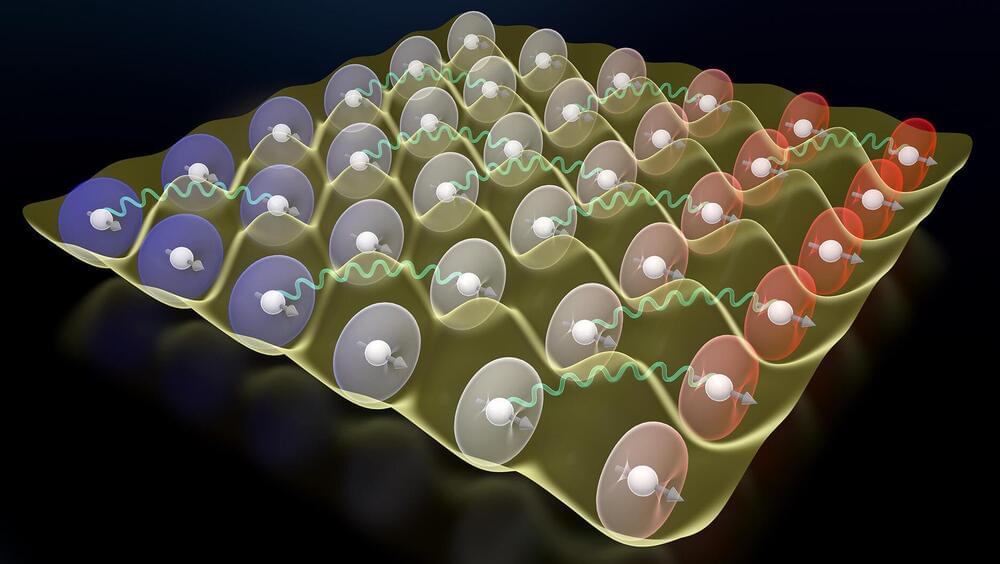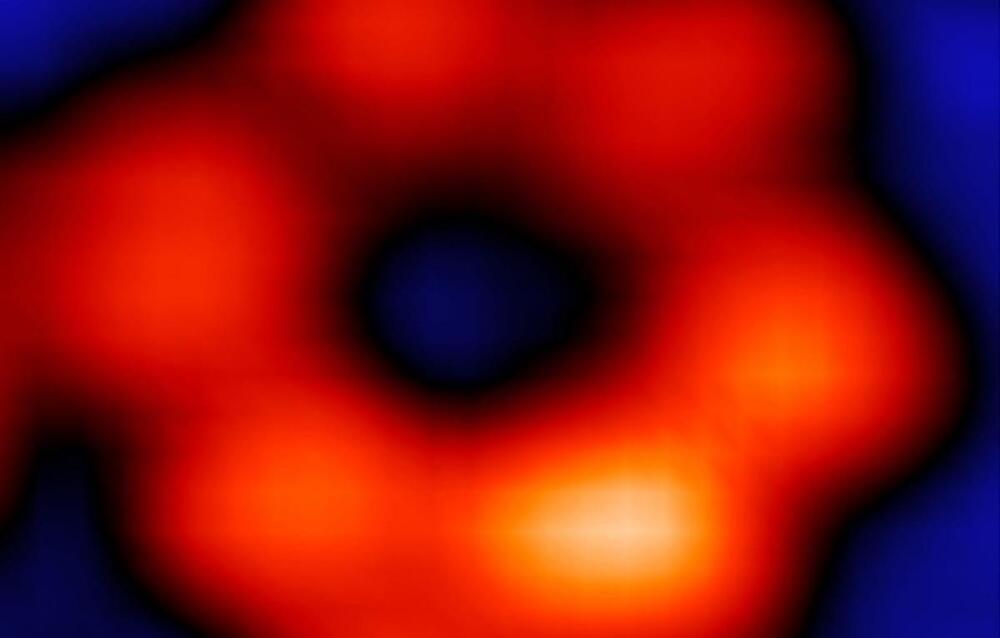
For the first time, a team of scientists has imaged a single atom by using X-rays. And according to the resulting study published in the journal Nature, it offers transformative advantages over other techniques.
“Atoms can be routinely imaged with scanning probe microscopes, but without X-rays one cannot tell what they are made of,” study co-author Sai Wai Hla, a physicist at Ohio University and the Argonne National Laboratory, said in a press release.
“We can now detect exactly the type of a particular atom, one atom-at-a-time, and can simultaneously measure its chemical state,” Hla added. “Once we are able to do that, we can trace the materials down to the ultimate limit of just one atom.”
